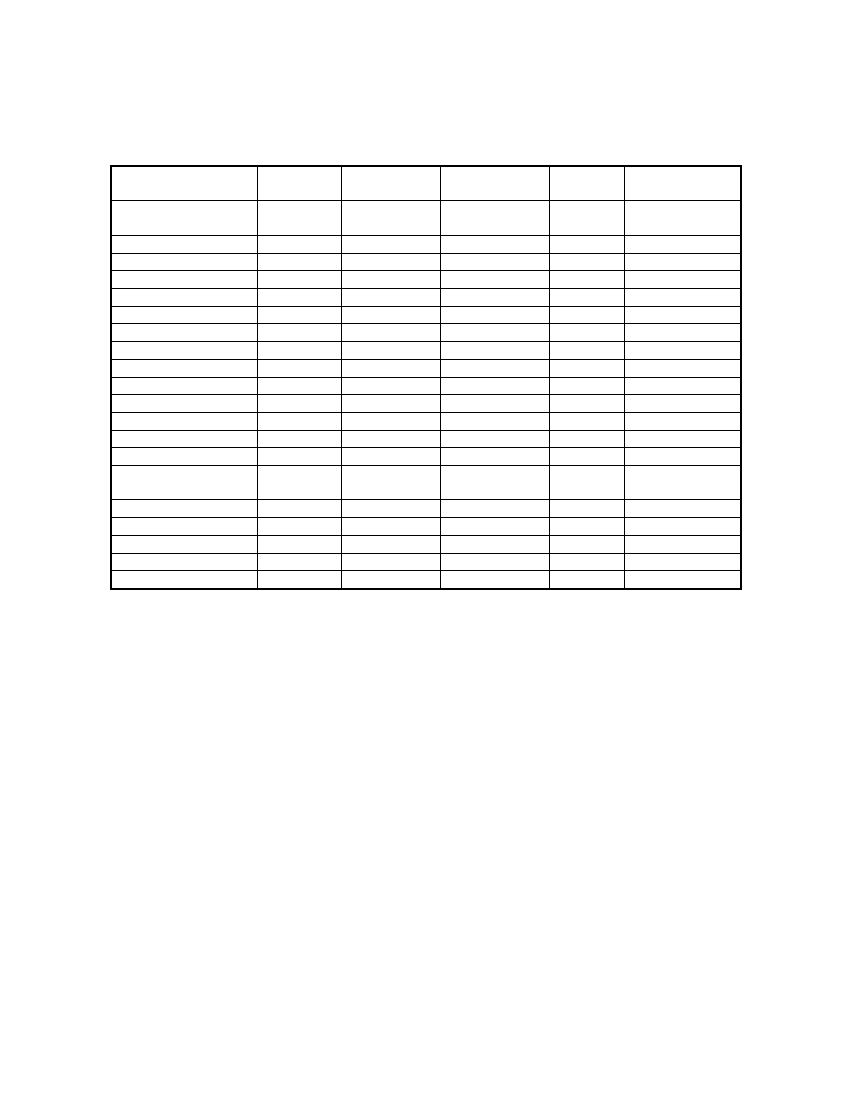
Table 6.1: Some examples of biogas production from agro-industrial residues and
wastewater
(Source: OEKOTOP, compiled from various sources)
Area of production
Slaughterhouse
Fruit and vegetables
Olive-oil extraction
Whey
Potato starch
Yeast factory
Sugar mill
Milk processing
Molasses slop
Molasses distillery
Brewery
Tannery
Pharmaceut.ind.
Refuse + sewage
sludge
Refuse
Cattle farming
Pig farming
Poultry farming
Sewage sludge
Retention
time
[d]
0.5- 8.5
32.0
20.0-25.0
2.0-5.0
-
0.5-0.7
0.2-1.0
3.4-7.4
10.0
1.2-3.5
2.3-10.0
0.5
0.5-2.0
11.0-22.5
Digester
loading
[kg/m³ X d]
1.2-3.5 COD
0.8-1.6 VS
1.2-1.5 TS
6.4 BOD
7.5 COD
1.0-8.0 COD
12.0-16.5 COD
0.7-2.0 VS
3.9 VS
18.3 COD
1.8-5.5 TS
2.7-31.9 COD
0.2-3.5 COD
1.2-3.1 VS
Gas production
[m³/kg]
0.3-0.5 COD
0.3-0.6 VS
0.7 BOD
0.9 BOD
0.3-0.4 COD
-
-
0.1-0.4 VS
0.9 VS
0.6 COD
0.3 - 0.4 TS
-
0.6 COD
1.0 VS
[m³/m³ X
d]
0.1 - 2.4
-
-
5.5
-
0.5-4
-
-
3.5
6.6
-
-
0.1-2.5
-
Degradation rate
[%]
80 COD
-
80-85 BOD
92 BOD
90-95 BOD
60-70 COD
87-97 COD
86-99 BOD
97 BOD
45-65 COD
-
80-91 COD
94-98 COD
-
25.0-30.0
15.0-35.0
10.0-25.0
15.0-35.0
20.0-30.0
0.7-3.2 VS
0.5-2.5 VS
0.8-4.1 VS
0.6-3.6 VS
1.2-4.5 VS
0.1-0.4 VS
0.2-0.4 VS
0.1-0.5 VS
0.2-0.5 VS
0.1-0.6VS
-
0.6-1.4
0.8-2.1
0.7-1.8
0.8-1.5
-
-
-
-
-
Wastewater treatment
Organically contaminated wastewater contains mostly dissolved substances that are measured in
terms of COD (chemical oxygen demand) and BOD (biochemical oxygen demand, i.e. oxygen
required for mineralizing the organic contents).
The main purpose of wastewater treatment is to remove or mineralize the organic substances, i.e.
to prepare them for release into a receiving body of water or the agricultural environment.
Anaerobic fermentation serves as the biological purifying process. Purification performance rates of
up to 95% BOD are achievable. The choice of process and the achievable purification performance
rates are determined by the type and composition of the substrate/wastewater. In general, dissolved
organic substances are readily biodegradable. Retention times ranging from a few hours to a few
days are not uncommon. On the other hand, some organic substances are hard to break down
(paints, aromates, etc.), while others are toxic and/o,r capable of causing a shortage of nutrients
and adverse medium characteristics (e.g. pH-shifts). A number of special-purpose processes have
been developed for use in anaerobic wastewater treatment in order to compensate for the high
hydraulic loads and lack of bacterial colonization areas:
83